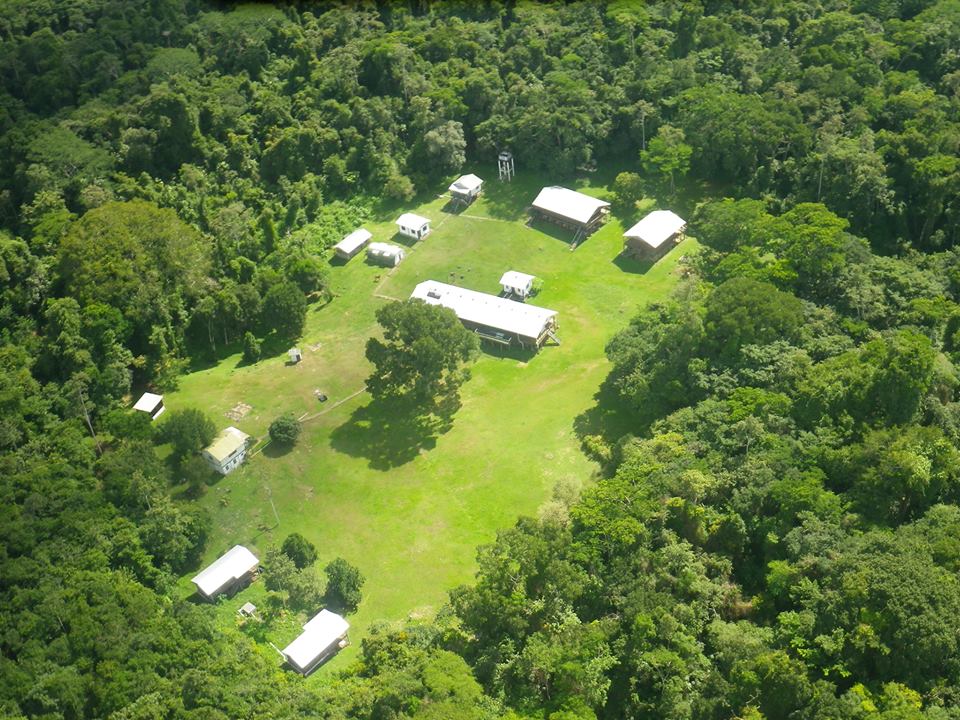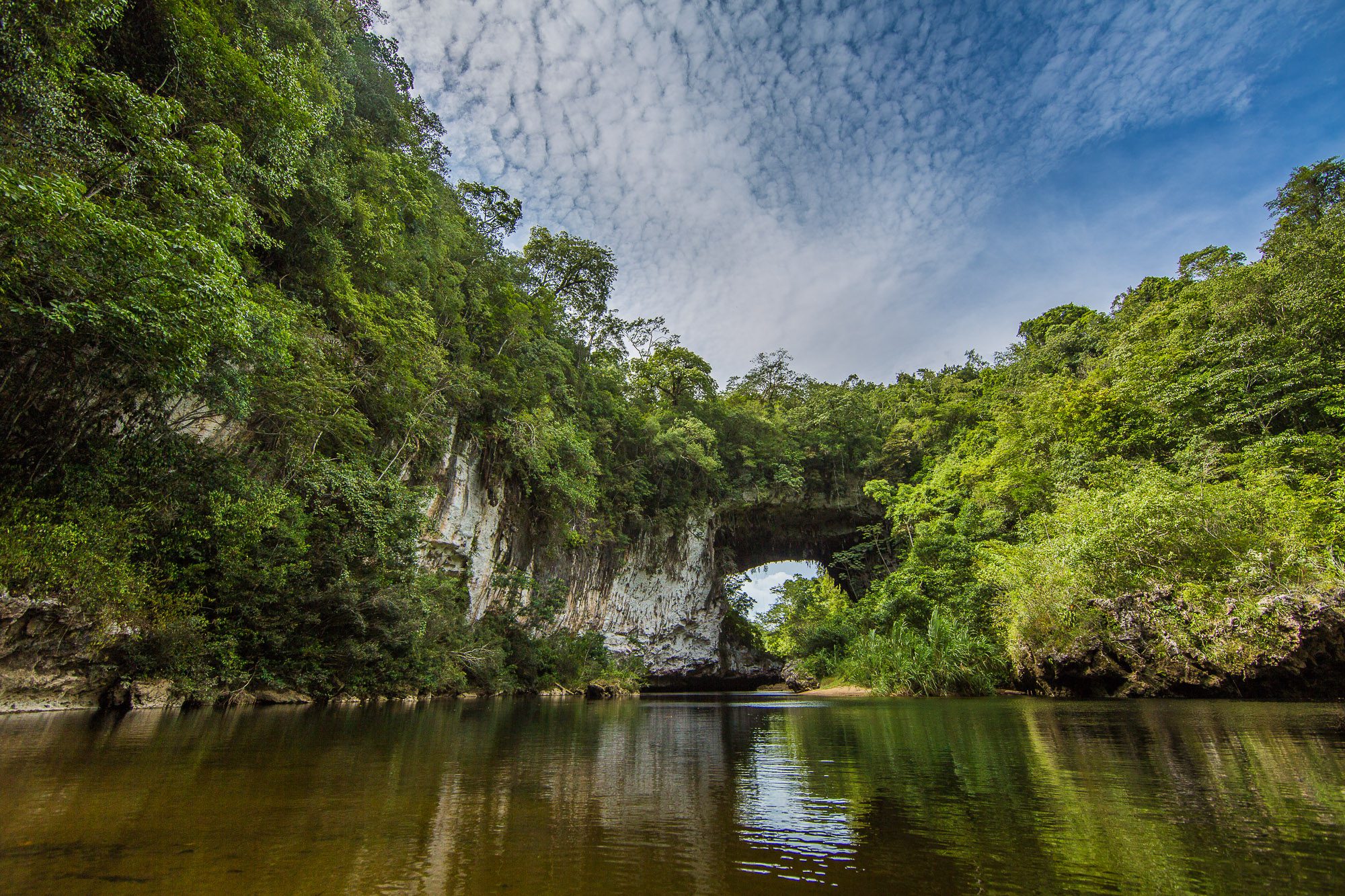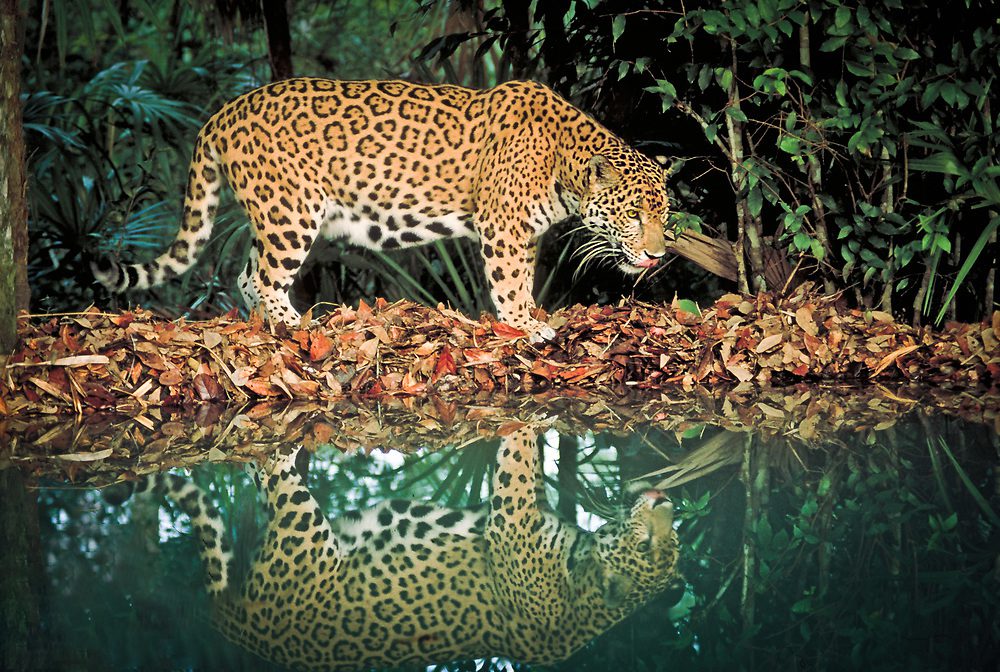The Chiquibul Forest Reserve (CFR) comprises of 59,822 hectares surrounded by the Chiquibul National Park to the southwest, east, and south, while the Caracol Archaeological Reserve (CAR) borders its northwest edge, and the Mountain Pine Ridge lies to the north. Together, the Chiquibul Forest Reserve, Chiquibul National Park, and Caracol Archaeological Reserve forms the magnificent forest known as the Chiquibul Forest. The Chiquibul Forest Reserve is under the jurisdiction of the Belize Forest Department, who has a long- term forest license granted to Bulridge Limited for timber harvest. The Las Cuevas Research Station (LCRS) located in the heart of the Chiquibul Forest Reserve is managed by FCD under a Memorandum of Understanding. FCD also operates a gate at the main entry point to the reserve, with the aim of managing visitation and other users within the reserve and Chiquibul National Park.
The Chiquibul Forest Reserve is situated in the Western Maya Mountains and was initially established as a forest reserve back in 1956, with an area of 184,925.9 hectares. Subsequently, a portion of this reserve underwent reclassification, resulting in the creation of the Chiquibul National Park and the Caracol Archeological Reserve. As of 1991, the Chiquibul Forest Reserve now spans an area of 59,822 hectares.
FCD also manages and administers a research station, known as the Las Cuevas Research Station, located in the Chiquibul Forest Reserve, that is active throughout the year and caters to student groups, interns and volunteers. Research originating at Las Cuevas helps understand the forest dynamics and guide management of this dynamic forest.
Unique cultural and natural features are found within the Chiquibul Forest Reserve, including the Natural Arch, Grano de Oro, Millonario Camp and maya mounds cloaked under the green tapestry of the broadleaf jungles.
The Chiquibul Forest region, including the Chiquibul Forest Reserve includes seventeen distinct ecosystems which are largely variants of lowland and submontane tropical evergreen broadleaf forests with differing levels of humidity and substrate types. This provides a diversity and complexity of faunal species, including many rare species such as jaguar, ocelot, margay, and scarlet macaws. It is estimated that the area receives 2,000 mm of rainfall per year and forms part of the Belize River watershed, with extensive riparian areas that support the Baird’s tapir and morelet’s crocodile.




Las Cuevas Research Station was created in the mid 1980’s through the efforts of the Belize Forest Department and the Natural History Museum of London. FCD took administrative duties of this station in 2015. Since then, the station has catered for various foreign and local university students, promoting research and learning modules on biology and ecology. With an infrastructure with dorms and cooking services it serves as a hub for avid explorers and a main stay for visitors coming to or departing to the Mayan temples of Caracol Archaeological Reserve. The Research Station is also the home for three FCD Units, namely the LCRS staff, Research Unit staff and Karst Management Unit.